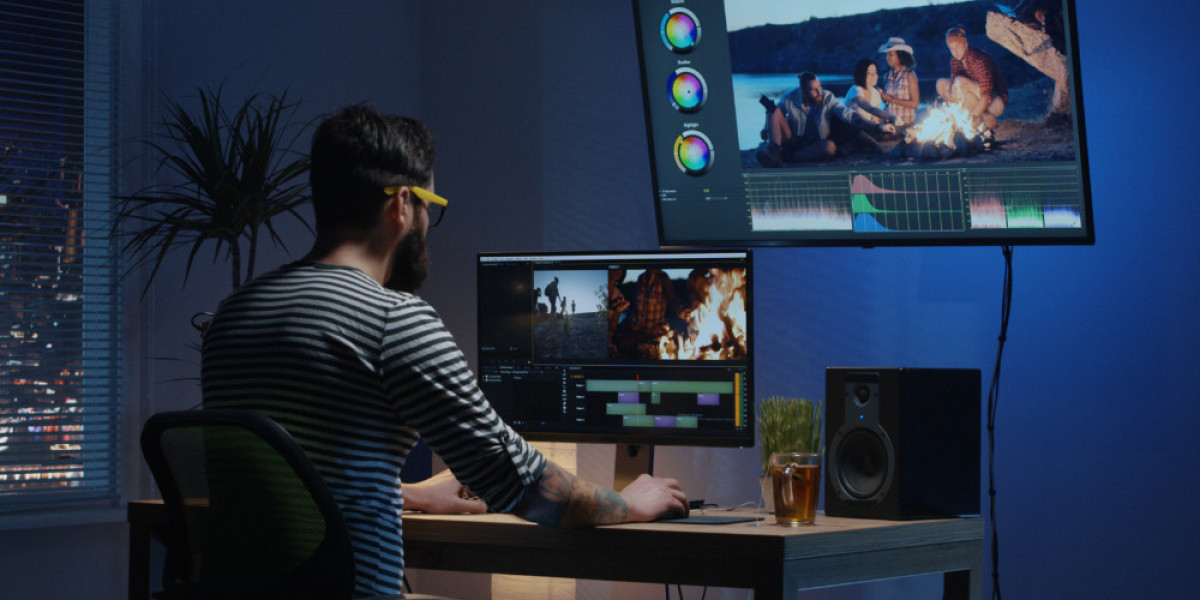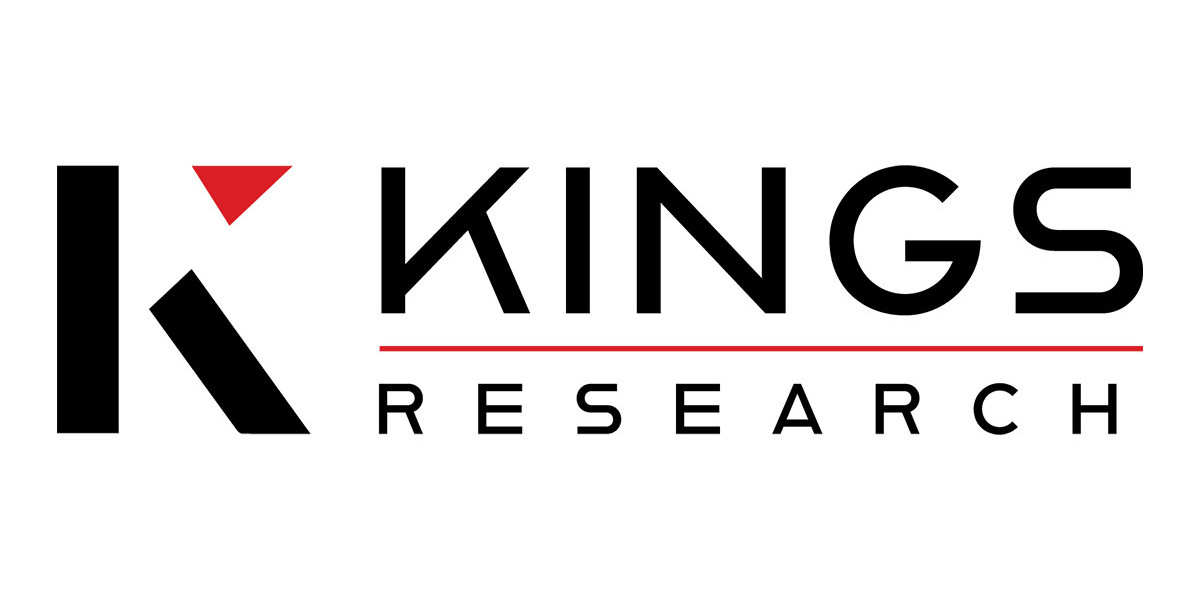As video continues to dominate digital marketing, staying ahead of the curve is critical for any business aiming to make a visual impact. Consumer behavior is shifting rapidly, social media platforms are evolving constantly, and video technology is becoming more powerful and accessible than ever. That’s why knowing the latest trends in video editing services offerings isn’t just helpful—it’s essential.

Whether you're creating promotional content, educational videos, or social media posts, keeping your video style fresh and engaging can significantly boost your reach and viewer retention. Let’s explore the top 5 video editing trends businesses should watch and adopt in 2025 to stay relevant and competitive.
1. Short-Form Vertical Video is Here to Stay
One of the most dominant trends in recent years, and still going strong in 2025, is short-form vertical video. Thanks to the massive popularity of TikTok, Instagram Reels, YouTube Shorts, and Facebook Stories, vertical videos are the new norm for mobile content consumption.
Audiences expect quick, snackable videos that deliver value in seconds. These videos often run under 60 seconds and are designed to entertain, inform, or inspire—quickly. For businesses, this means adapting your content creation and editing approach to fit this format.
Editing Implications:
Videos should be cut tighter with fast transitions and little to no downtime.
Text overlays and animated captions are crucial, as many people watch on mute.
Strong hooks within the first 3 seconds are essential to grab attention.
Vertical aspect ratio (9:16) should be the default for social content.
By embracing short-form vertical editing techniques, businesses can tap into wider audiences and capitalize on trending formats across multiple platforms.
2. AI-Assisted Editing and Automation
Artificial Intelligence is changing how videos are edited. In 2025, AI-powered tools are making editing faster, smarter, and more accessible—even for non-professionals. From auto-trimming clips based on key scenes to intelligent background music matching and even auto-captioning, AI is helping businesses speed up their workflow and improve consistency.
For larger businesses or agencies handling lots of content, AI video editing tools offer scalable, efficient solutions. For smaller companies, it offers access to high-quality production without the high costs.
Editing Implications:
Use AI tools for basic edits like jump cuts, transitions, and scene detection.
Leverage auto-captioning and subtitle generation for faster accessibility.
Implement auto-color grading and sound leveling for visual and audio consistency.
While AI can’t replace creativity, it significantly enhances the production process—freeing up editors to focus on storytelling and brand voice.
3. Cinematic Social Media Content
Editing Implications:
Invest time in storytelling structure—set up, conflict, resolution.
Use high-quality footage with cinematic editing techniques like L-cuts, crossfades, and match cuts.
Focus on music selection and timing for emotional effect.
Color grading plays a big role in setting the mood—think film-inspired palettes.
Creating cinematic videos for social doesn’t mean turning every video into a movie—it means being intentional with visual choices that reflect your brand’s professionalism and values.
4. Text-Driven and Subtitle-Focused Videos
With more viewers watching videos without sound, adding dynamic text overlays and subtitles has shifted from being optional to essential. Subtitles not only improve accessibility but also increase watch time and comprehension—especially on platforms like Facebook, Instagram, and LinkedIn.
In 2025, text-driven editing is more creative than ever. We’re seeing kinetic typography (moving text synced with speech), animated captions, and branded text templates used effectively to emphasize key messages and improve viewer retention.
Editing Implications:
Use animated subtitles for spoken content to maintain viewer engagement.
Highlight keywords with different colors, sizes, or motion to guide attention.
Ensure text is readable on both light and dark backgrounds.
Keep font choices consistent with your brand identity.
Smart use of text in video helps businesses communicate clearly and keeps users engaged even when sound isn’t an option.
5. Repurposing Long-Form Content into Multi-Platform Assets
A big editing trend in 2025 is smarter content repurposing. Instead of creating videos from scratch for every platform, businesses are now editing long-form videos—like webinars, interviews, or explainer videos—into shorter clips that fit different formats and platforms.
A 30-minute interview can become:
Multiple 60-second Reels or Shorts
A YouTube highlight reel
Behind-the-scenes stories
Social media teasers with quotes or graphics
A vertical summary for TikTok
This trend focuses on content efficiency. Editing services are being used to extract the best parts of long-form footage and adapt them across formats to increase reach without increasing workload.
Editing Implications:
Identify shareable soundbites and moments in long-form footage.
Adjust format: crop widescreen footage into vertical layouts.
Add new intro/outro segments, captions, and platform-specific CTAs.
Ensure consistency in branding across all versions.
This approach not only saves time and resources but also gives your audience more ways to engage with your message.
Final Thoughts
In 2025, video is no longer a bonus—it’s a necessity. Businesses that want to thrive on social media must adopt video editing trends that meet the expectations of modern audiences. Whether it’s adapting to vertical formats, using AI tools, creating cinematic visuals, emphasizing text, or repurposing content effectively, these editing strategies can transform your brand’s presence online.
Professional video editing services can help you stay ahead of these trends by ensuring every piece of content is optimized, engaging, and aligned with your goals. By investing in editing that reflects your brand’s values and vision, you’re not just keeping up—you’re leading.
If your business is ready to level up your content in 2025, embracing these trends through expert video editing is a smart place to start.








